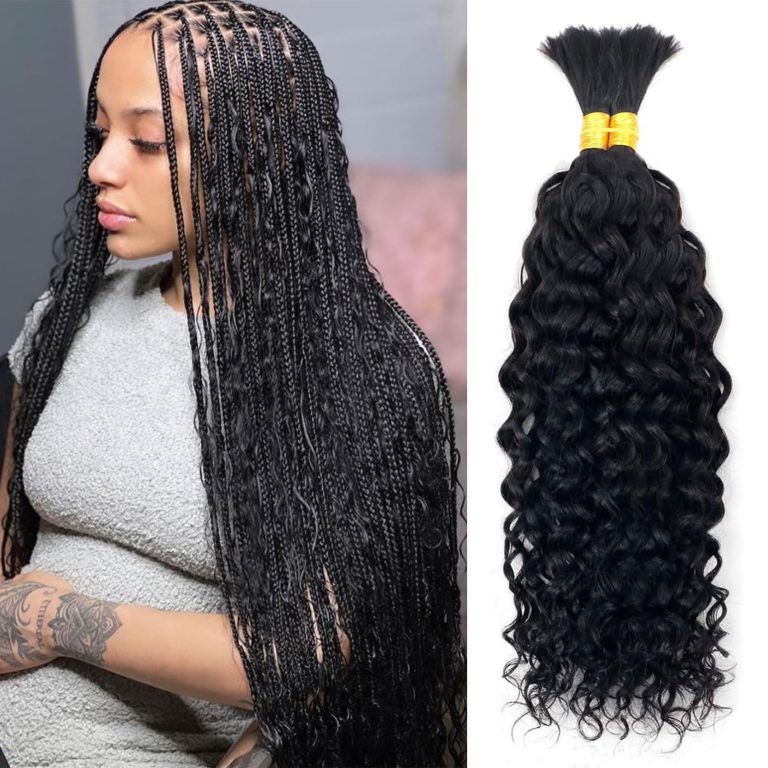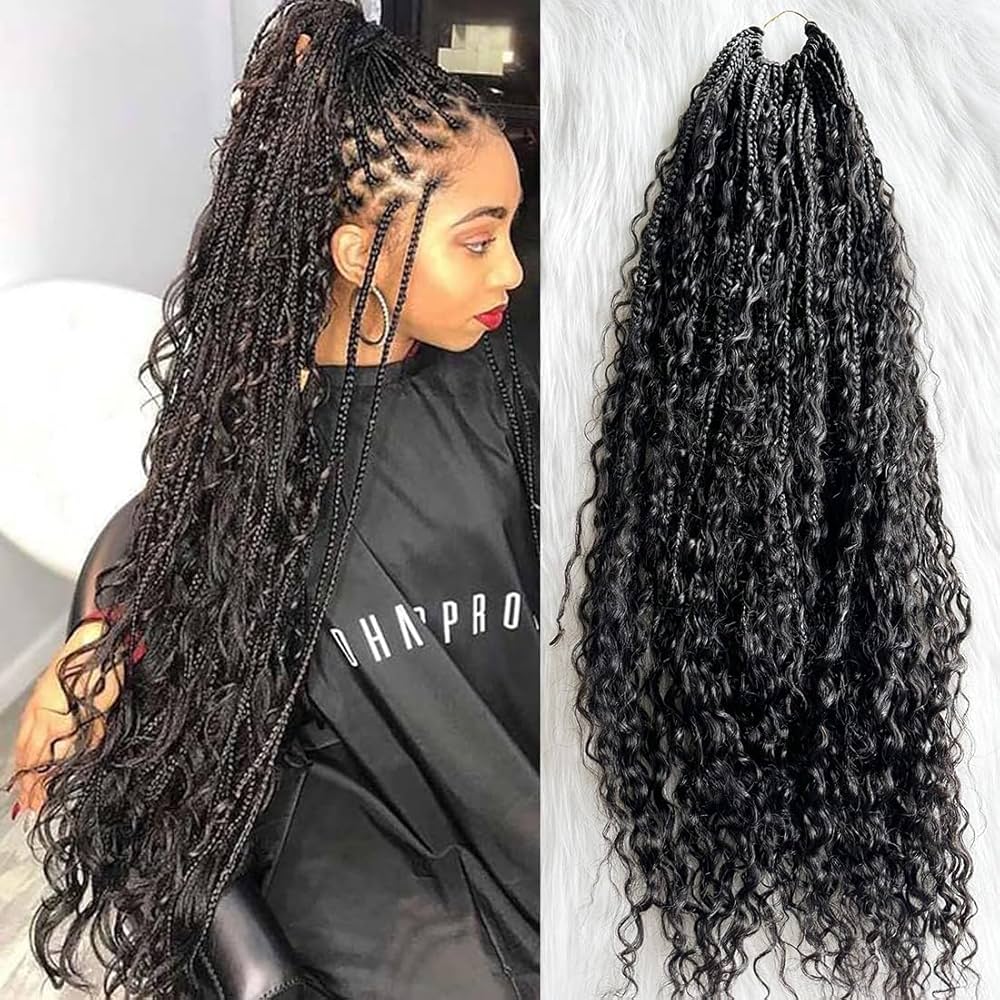
Timing Your Knotless Braid Appointment Accurately
Understanding Knotless Braids: A Modern Twist on a Classic Style
Knotless braids have revolutionized the world of protective hairstyles, offering a fresh take on traditional box braids. This innovative technique starts with the natural hair and gradually feeds in extensions, creating a seamless and natural-looking braid without the bulky knot at the root. The result is a style that puts less tension on the scalp, reducing the risk of damage and discomfort. Knotless braids have gained immense popularity due to their versatility and more natural appearance. They offer a flatter, less bulky look at the roots compared to traditional box braids.
This style works well for various hair types and lengths, making it a go-to choice for many. The process of creating knotless braids requires skill and patience, as each braid is carefully crafted to blend the natural hair with the extensions seamlessly. While the technique demands more time and expertise, the benefits in terms of comfort and aesthetics make it a worthwhile investment for many individuals seeking a protective style. Understanding the basics of knotless braids sets the foundation for appreciating the time and effort that goes into creating this stunning hairstyle.

Factors Affecting the Duration of Knotless Braid Installation
The time required to install knotless braids can vary significantly based on several factors. First and foremost, the desired length and thickness of the braids play a crucial role. Longer braids naturally take more time to create, as they require more extensions and careful blending throughout the length. Similarly, thicker braids may be quicker to install than very thin, intricate ones. The size of the braids also impacts the duration – smaller, more numerous braids will take longer than larger, chunkier styles. Another significant factor is the length and texture of the natural hair.
Longer natural hair may require more time for proper integration with the extensions, while certain textures might need additional preparation or care during the braiding process. The skill level of the stylist greatly influences the installation time. Experienced braiders who specialize in knotless techniques can work more efficiently, potentially reducing the overall time. The complexity of the desired style, such as incorporating different colors or patterns, can also extend the installation process. Lastly, the client’s pain tolerance and need for breaks during the session can affect the total time. Some individuals may require more frequent breaks, especially for longer sessions, which can prolong the overall duration of the appointment.
The Average Time Frame for Knotless Braid Installation
On average, the installation of knotless braids typically takes between 4 to 8 hours. However, this timeframe can extend significantly depending on the factors mentioned earlier. For a full head of medium-sized knotless braids, clients can expect to spend about 5 to 6 hours in the stylist’s chair. Shorter styles or larger braids might take less time, possibly around 3 to 4 hours. Conversely, very long or intricate styles can take up to 10 hours or even longer. It’s not uncommon for some complex knotless braid installations to be split across two days to ensure the best results without exhausting the client or stylist.
The precision required for the knotless technique contributes to its longer installation time compared to traditional box braids. Each section of hair needs to be carefully braided with the gradual introduction of extensions, which is more time-consuming than the traditional method of securing extensions at the root. Many stylists prefer to work at a steady pace to maintain the quality and neatness of each braid. Clients should be prepared for a significant time commitment when opting for knotless braids. It’s advisable to clear the schedule for the day of the appointment and potentially the following day for longer styles.
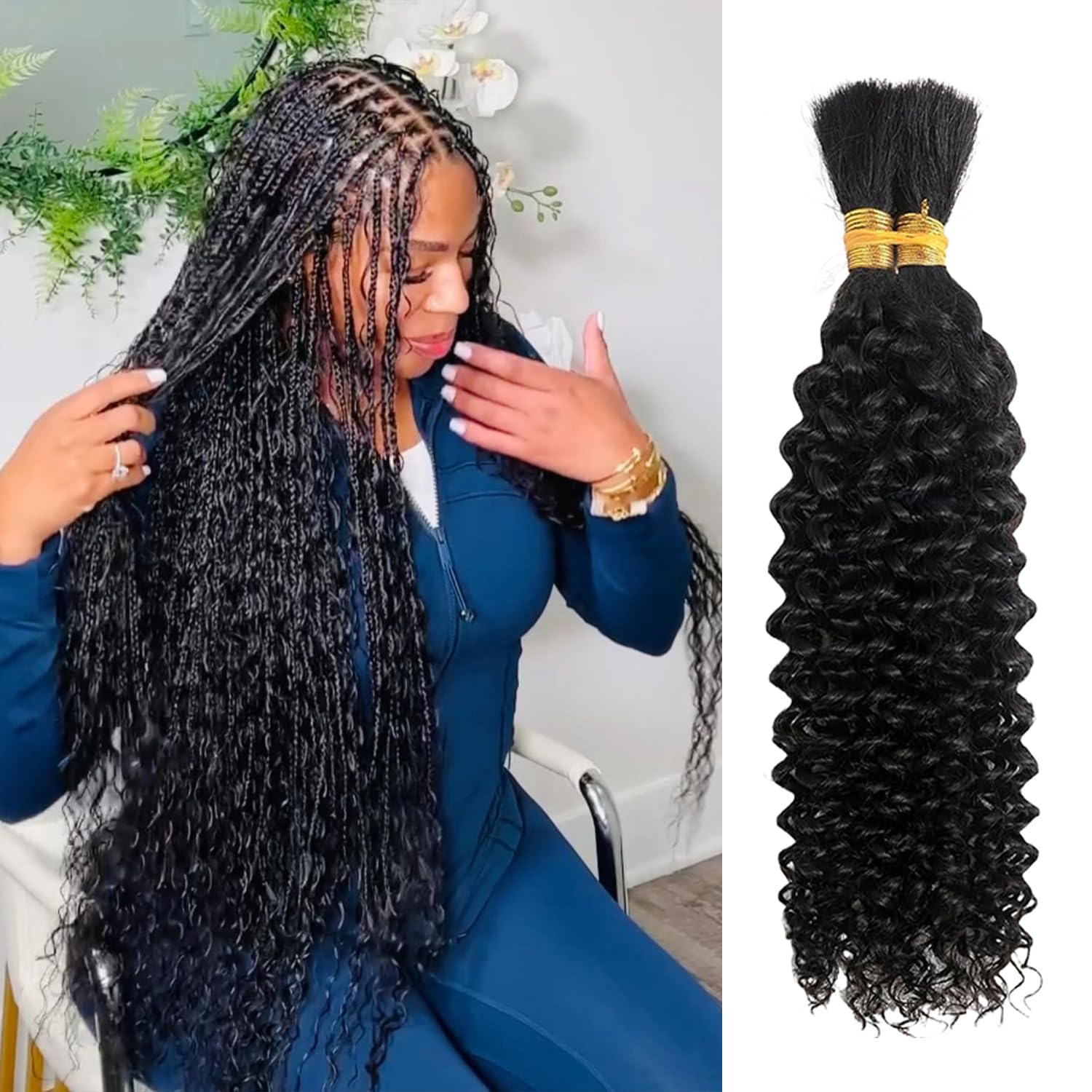
Preparation: Saving Time Before the Braiding Session
Proper preparation can significantly streamline the knotless braiding process, potentially reducing the overall installation time. Clients should arrive with clean, detangled hair to save time at the salon. Washing the hair a day or two before the appointment allows for easier manipulation without the hair being too slippery. Deep conditioning treatments prior to the appointment can help soften the hair, making it more manageable for the stylist. Detangling thoroughly at home can save precious time during the salon visit. Some stylists recommend coming with the hair stretched or blown out, as this can make sectioning and braiding easier and quicker.
Clients should also consider trimming their ends before the appointment, as this step can add extra time to the process if done at the salon. Having a clear idea of the desired style, length, and thickness of the braids can help the stylist plan more efficiently. Bringing reference pictures or discussing the style beforehand can prevent time-consuming decision-making during the appointment. Additionally, selecting and purchasing the desired hair extensions ahead of time, if required by the salon, can prevent delays. By taking these preparatory steps, clients can help ensure a smoother, potentially shorter braiding session.
The Knotless Braiding Process: A Step-by-Step Breakdown
Understanding the knotless braiding process helps explain why the installation takes the time it does. The stylist begins by sectioning the hair into precise parts, which forms the foundation for neat, uniform braids. Next, they start braiding a small section of the natural hair for about an inch. This initial braiding is crucial for creating a seamless transition between the natural hair and the extensions. The stylist then begins to feed in small portions of the extension hair, gradually increasing the thickness of the braid. This technique requires skill and attention to detail to ensure a smooth blend and even tension throughout the braid.
The process continues down the length of the hair, with the stylist carefully incorporating more extension hair as needed. Unlike traditional box braids, where the extension is added all at once at the root, this gradual feeding-in process is what gives knotless braids their signature seamless look. The stylist must maintain consistent tension and neat edges throughout the braiding process. Once the desired length is achieved, the braid is secured at the end. This process is repeated for each section of hair, with the stylist working methodically across the head. The time-consuming nature of this technique contributes to the longer installation time but results in a more natural-looking and comfortable style.
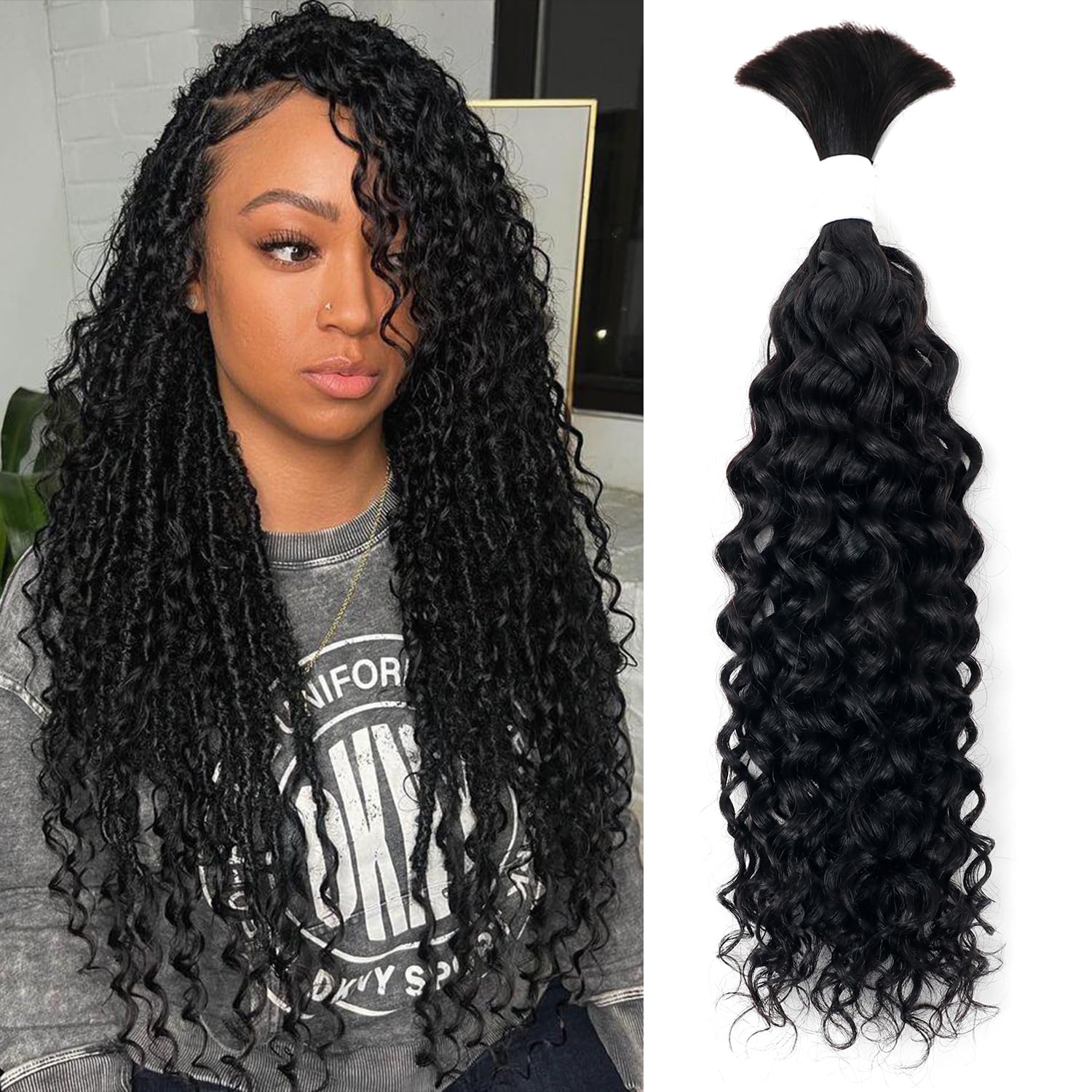
Balancing Quality and Speed in Knotless Braid Installation
While clients often desire a quicker installation process, it’s crucial to balance speed with the quality of the braids. Rushing through the knotless braiding technique can lead to subpar results, potentially causing issues like uneven tension, loose braids, or an unnatural blend between the natural hair and extensions. Experienced stylists understand the importance of working at a pace that ensures each braid is crafted with care and precision. Some stylists may work more quickly than others, but speed should never compromise the integrity of the style.
Quality knotless braids should have a seamless transition from the scalp, even distribution of hair throughout the length, and secure ends. Achieving this level of quality takes time and attention to detail. Clients should be wary of stylists who promise unusually quick installation times for knotless braids, as this may indicate a compromise in technique or quality. It’s also worth noting that a longer installation time often translates to a style that lasts longer and looks better throughout its lifespan. Investing the necessary time during installation can result in braids that remain neat and beautiful for an extended period, ultimately providing better value and satisfaction.
The Role of Stylist Experience in Installation Time
The experience and skill level of the stylist play a significant role in determining how long the knotless braiding process takes. Seasoned stylists who specialize in knotless braids have often developed techniques and efficiencies that allow them to work more quickly without sacrificing quality. These experienced professionals have a deep understanding of different hair textures and how to blend them seamlessly with extensions. They can often anticipate and address potential issues before they arise, streamlining the process. Newer stylists or those less familiar with the knotless technique may take longer to complete the installation.
While they may be equally capable of producing beautiful results, their process might involve more careful consideration and double-checking, adding to the overall time. Some highly skilled stylists may even have developed their own techniques to speed up the process while maintaining quality. However, it’s important to note that even the most experienced stylists will still require a significant amount of time to properly install knotless braids. Clients should be cautious of any stylist claiming to be able to do a full head of knotless braids in an unusually short time, as this could indicate cutting corners or using techniques that compromise the integrity of the style.
Post-Installation Care: Extending the Life of Your Knotless Braids
After investing significant time in getting knotless braids installed, proper care is essential to maximize the lifespan of the style. With good maintenance, knotless braids can last anywhere from 4 to 6 weeks. Regular moisturizing is crucial to keep both the natural hair and the extensions in good condition. A light leave-in conditioner or braid spray can help maintain moisture without causing build-up. Protecting the braids while sleeping is also important. Using a silk or satin bonnet or pillowcase can reduce friction and help preserve the neatness of the braids.
Avoid styles that put too much tension on the braids, as this can cause strain on the scalp and lead to premature loosening. Gently cleansing the scalp and braids every 1-2 weeks can help prevent build-up and maintain a healthy scalp environment. When washing, focus on the scalp and avoid rubbing the braids vigorously. Pat dry with a towel and allow the braids to air dry completely to prevent mildew. Regular maintenance, such as smoothing down flyaways and re-doing the edges, can help the style look fresh for longer. By following these care instructions, clients can extend the life of their knotless braids, making the time invested in the installation even more worthwhile.
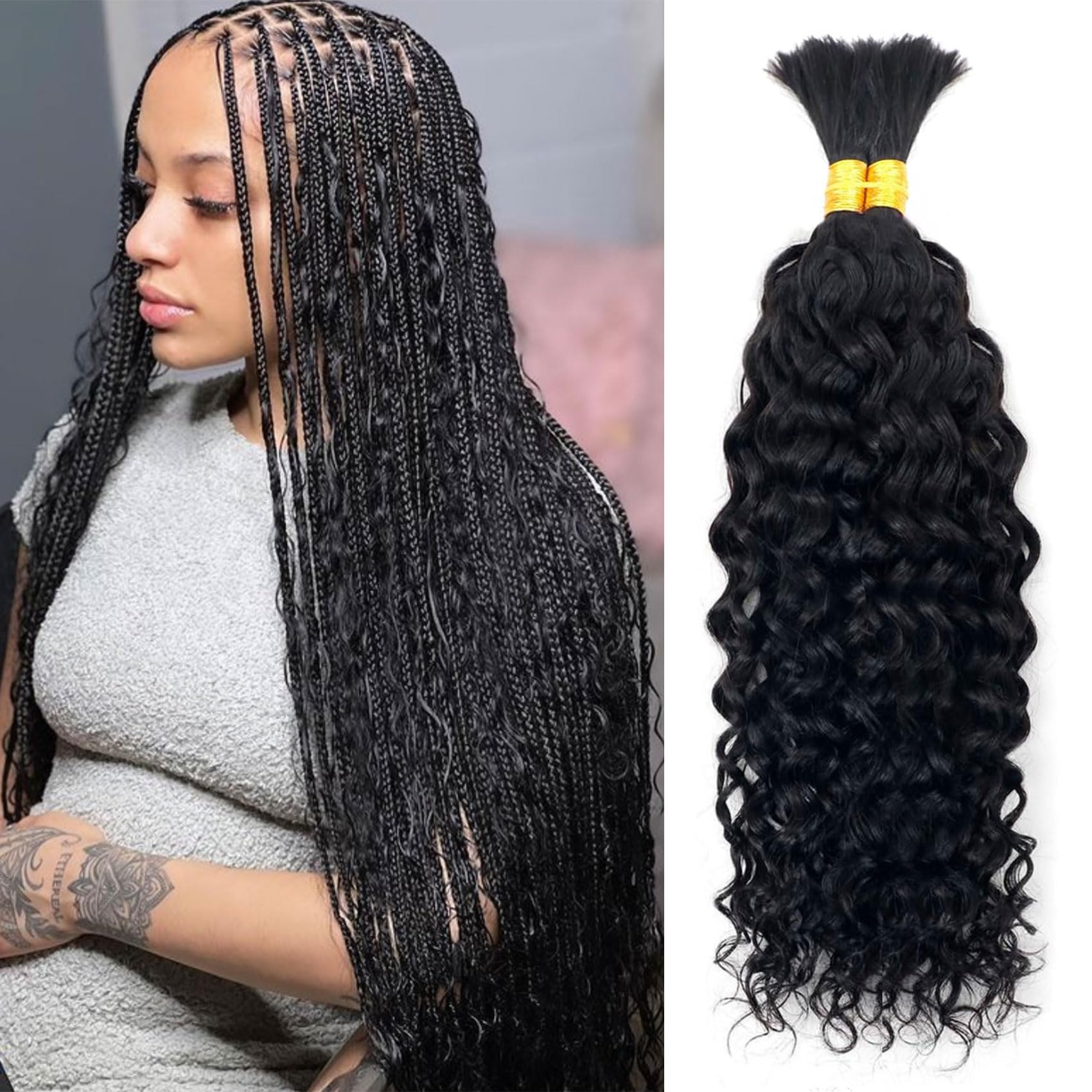
Comparing Installation Time: Knotless vs. Traditional Box Braids
When considering protective styles, many clients weigh the installation time of knotless braids against that of traditional box braids. Generally, knotless braids take longer to install than traditional box braids. Traditional box braids typically take about 4 to 6 hours to install, while knotless braids usually require 5 to 8 hours or more. The additional time for knotless braids is due to the technique of gradually feeding in the extensions, which requires more skill and precision. Traditional box braids involve attaching the extension hair all at once at the root, which can be done more quickly.
However, the longer installation time for knotless braids comes with several benefits. Knotless braids put less tension on the scalp, reducing the risk of traction alopecia. They also tend to look more natural and feel lighter on the head. Many clients find that the extra time invested in knotless braids is worth it for the improved comfort and aesthetics. Additionally, knotless braids often last longer than traditional box braids, potentially balancing out the extra installation time with extended wear. Ultimately, the choice between knotless and traditional box braids depends on individual preferences, time constraints, and hair health considerations.
Making the Most of Your Braiding Appointment: Tips and Expectations
To ensure a smooth and efficient knotless braiding session, clients should come prepared with realistic expectations about the time commitment involved. Booking an early morning appointment can help, as both the client and stylist are likely to be fresh and energized. Wearing comfortable clothing is essential, as the process involves sitting for extended periods. Bringing entertainment like books, tablets, or headphones can help pass the time more enjoyably. It’s also wise to eat before the appointment and bring snacks and water, especially for longer sessions.
Communication with the stylist is key. Discussing the desired style, length, and any concerns before starting can prevent misunderstandings and save time. Being open about pain tolerance and the need for breaks can help the stylist plan the session more effectively. Some clients find it helpful to break very long sessions into two appointments, allowing for a more comfortable experience. Remember that rushing the process can lead to subpar results, so patience is crucial. By approaching the appointment with the right mindset and preparation, clients can ensure a more pleasant experience and beautiful results that make the time investment worthwhile.

